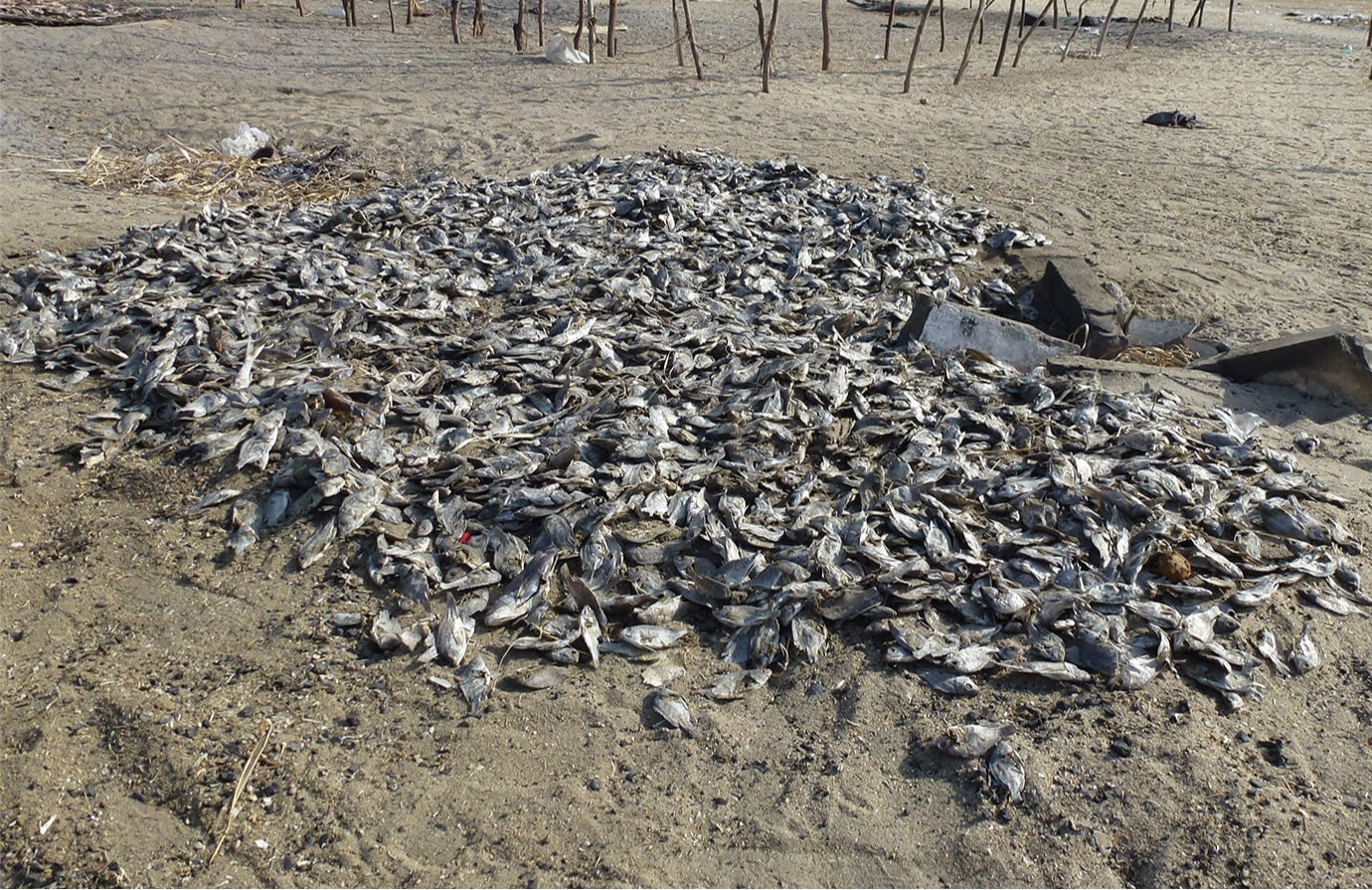Topic outline
Food Loss and Waste (FLW) in the fisheries sector is a complex issue with multiple and interrelated causes at different levels. Policy makers, the public and private sectors require solutions not only to be economically beneficial, but also to generate or sustain benefits for society. To understand the importance of FLW in fish value chains and inform decision making for loss and waste prevention and reduction, this course presents key definitions, causes and solutions, and a summary of three assessment methods.


This e-learning course is for programme officers and technical specialists, as well as extension agents, who are concerned with loss and waste prevention and reduction. The course also targets academicians and researchers who want to learn more about the topic, in order to design research as well as teach practical courses focused on food loss and waste in the fish value chains.
- Defining key concepts related to fish loss and waste
- Recognizing different types of losses and how they can be determined
- Describing important causes of fish loss and waste in the fish value chains
- Identifying solutions to situations in which fish loss and waste may occur
- Distinguish the basic principles of three different fish loss assessment methods
The course consists of 3 lessons, ranging from approximately 20 to 45 minutes duration each:
- Lesson 1 – Introduction to food loss and waste in fish value chains
- Lesson 2 – Causes and solutions of food loss and waste in fish value chains
- Lesson 3 – Overview of methodologies to assess food loss and waste in fish value chains
The online version of this course runs on the latest versions of the major browsers, such as Chrome, Safari, Edge and Firefox.
The downloadable version only runs on Windows PC’s and no additional software is needed.
Digital certification
This course offers certification. You will get your digital badge upon passing a final exam after completing the course and achieving a grade of at least 75%. Please click on the button below to complete the exam, or refer to our Certification section to learn more.
Evaluate this course
We would be pleased to receive your evaluation of this course, to support us in improving future e-learning courses. Please click on the button below to answer the questions in the form. It should only take you a few minutes!
